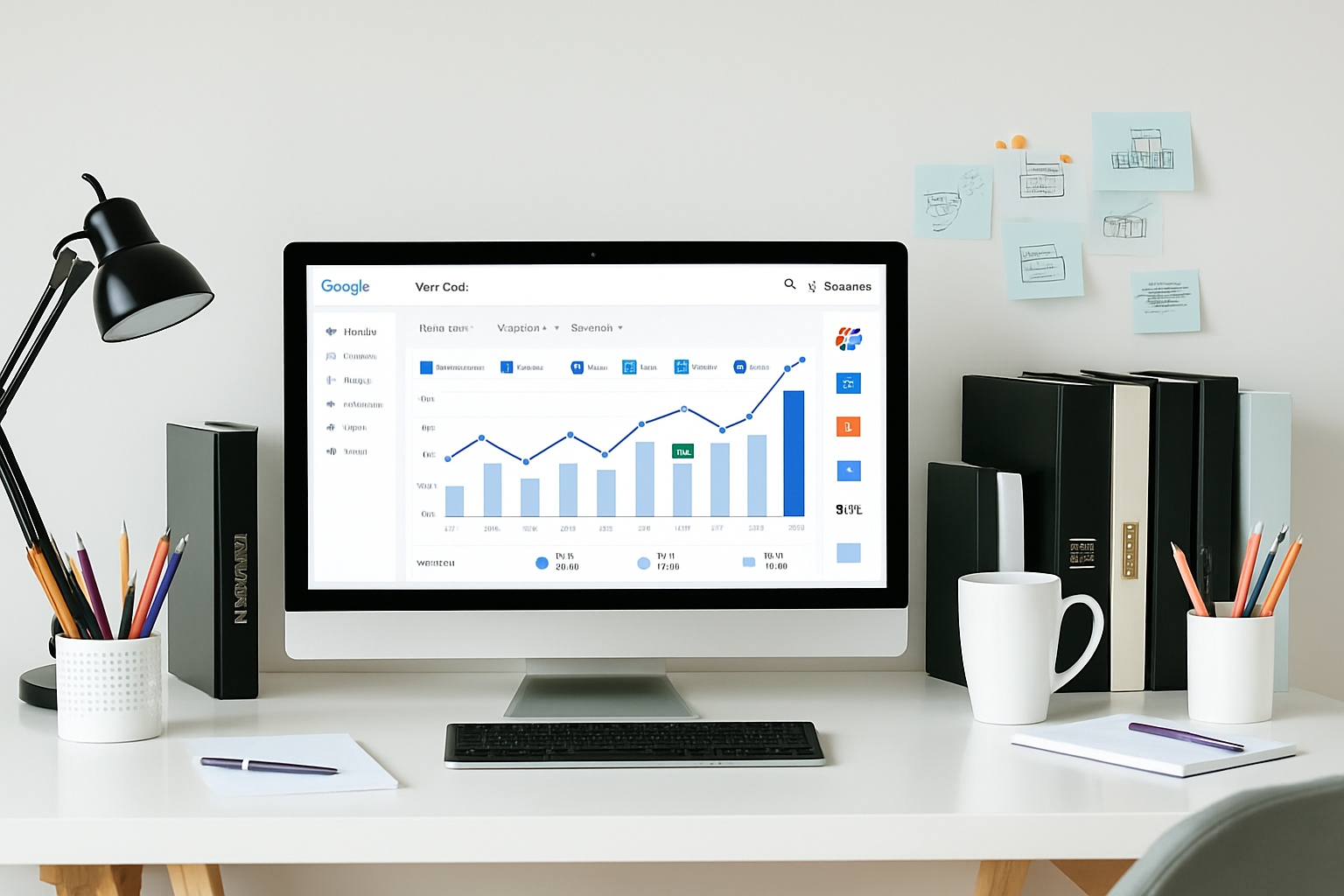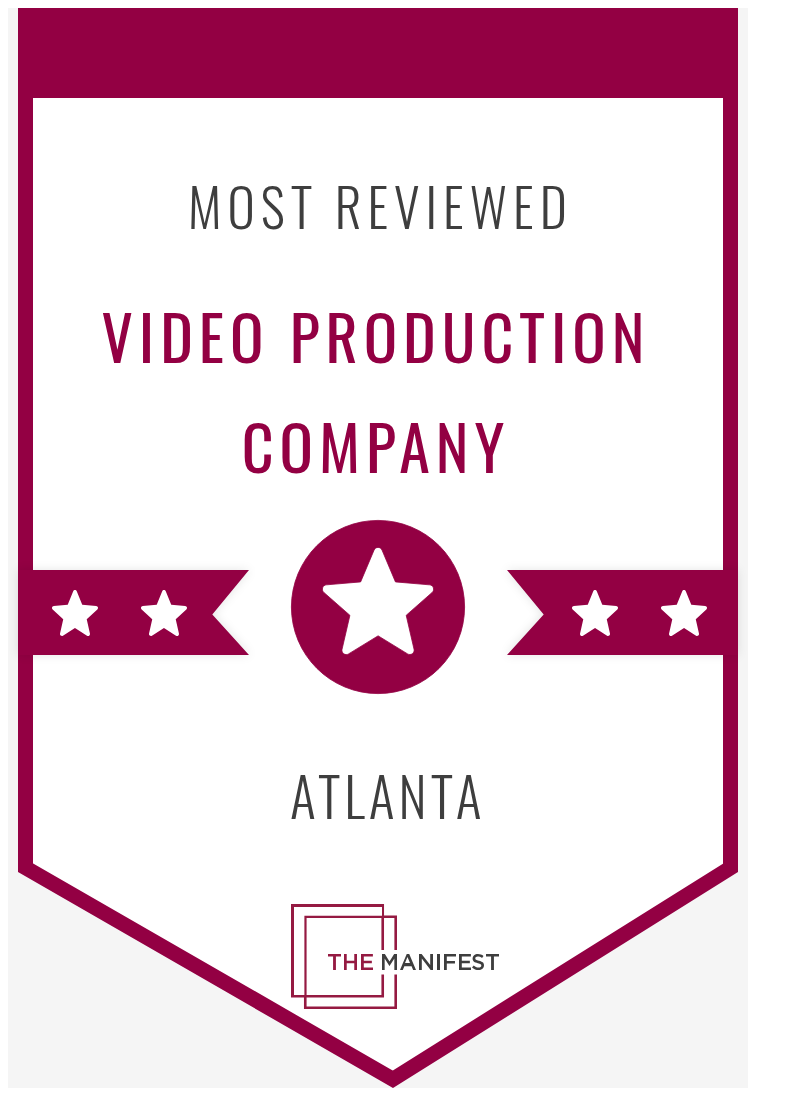Lowering CPC and Avoiding the Google Tax: Strategies for Smarter Google Ads Spending
Google Ads continues to be a major platform for digital advertising, but rising cost-per-click (CPC) rates have advertisers seeking ways to maximize their budgets. The “Google tax” refers to the premium paid due to intense competition and auction dynamics, including internal bidding on branded keywords. Understanding and addressing this issue is essential for more efficient ad spending.

Key Strategies to Reduce CPC
Improve Quality Score
Quality score reflects the relevance and user experience of ads and landing pages. Enhancing ad copy to closely match user intent and ensuring landing pages perform well can lower CPC by signaling to Google that your ads deserve better placement at a lower cost. Refining keyword selection and messaging to align with audience behavior is critical for attracting qualified traffic without overspending.
Diversify Advertising Platforms
Relying solely on Google Ads can inflate costs due to competition. Exploring alternatives such as Bing Ads or social media advertising can reduce budget pressure and reach less saturated audiences at lower CPCs. This approach spreads risk and uncovers new opportunities for engagement.
Use Long-Tail Keywords
Long-tail keywords tend to have lower competition and higher conversion potential. Incorporating these into campaigns attracts more qualified visitors at a reduced cost, improving overall campaign efficiency.
Implement Retargeting
Retargeting reconnects with users who have already shown interest, increasing conversion likelihood without competing for entirely new clicks. This strategy helps make better use of ad spend by focusing on warmer audiences.
Conduct Competitor Analysis
Analyzing competitors’ strategies can reveal gaps and opportunities to position ads more effectively, avoiding costly bidding wars. This insight helps refine targeting and messaging to improve campaign performance.
Apply Geographic Targeting
Focusing ad spend on regions with the highest conversion potential reduces wasted clicks from low-value areas. Geographic targeting ensures budgets are allocated to markets that deliver better returns.
Invest in SEO
Complementing paid campaigns with SEO builds sustainable, high-quality organic traffic, reducing reliance on paid clicks over time and improving overall marketing efficiency.
Understanding the Google Tax
The Google tax often arises when multiple campaigns from the same brand compete against each other, especially on branded keywords, driving up CPC unnecessarily. Regular campaign audits to identify and eliminate internal competition—such as using negative keywords to prevent overlap—can help control costs.
Frequently Asked Questions
Will lowering bids reduce CPC?
Lowering bids alone is insufficient. Google rewards ads with better user experience and relevance, so improving quality score through targeted ad copy and optimized landing pages lowers CPC more effectively.
Is diversifying platforms worthwhile?
Yes. Platforms like Bing and social media offer access to less competitive audiences and different cost structures, complementing Google Ads and stretching budgets.
How does retargeting help?
Retargeting targets users who have already engaged with your brand, increasing conversion chances without competing for new clicks at high prices.
Why is geographic targeting important?
It focuses spend on high-performing regions, reducing wasted budget on low-value areas and improving overall campaign efficiency.
Summary
Reducing CPC and mitigating the Google tax requires a strategic approach that includes improving quality scores, diversifying platforms, leveraging long-tail keywords, and refining targeting through retargeting, competitor analysis, and geographic focus. Integrating SEO efforts further supports sustainable traffic growth. These combined tactics help advertisers stretch budgets and achieve better returns on investment.
For a detailed exploration of these strategies, see Ginny Marvin’s article on Search Engine Land: https://searchengineland.com/stop-paying-the-google-tax-and-lower-your-cpcs-460639













.png)

